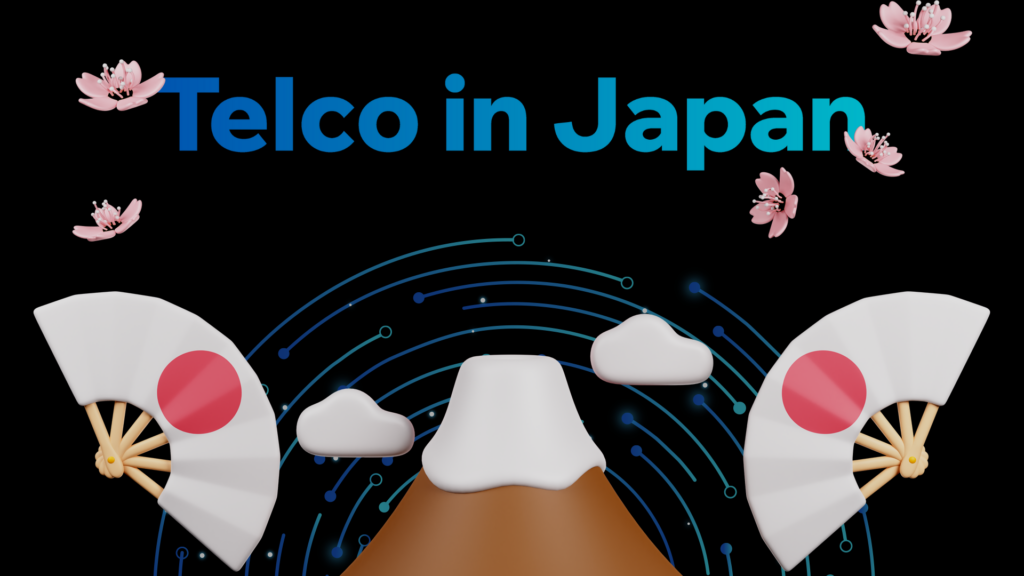
Japan’s telecommunications industry stands as a global leader, renowned for its speed, efficiency, and technological advancements. The major telecom providers in Japan offer some of the fastest internet speeds worldwide, making Japan a prime market for innovations in mobile and broadband technology. From blazing-fast 5G to Internet of Things (IoT) integrations, telecom companies in Japan are setting benchmarks that other nations aspire to achieve. This article explores the major players, industry structure, technological advancements, and trends that define telecom in Japan.
The Japanese Telecom Market
The telecom market in Japan is one of the most dynamic and forward-looking sectors, supported by cutting-edge infrastructure and a highly competitive landscape. In Japan, where technology is woven into the cultural fabric, the telecom industry has enjoyed substantial government support and consumer interest. Currently, the market is worth billions and is driven by high-speed internet demand, mobile connectivity, and increasing adoption of 5G technology. The sector faces unique challenges, including high operational costs and regulatory scrutiny, yet it remains a powerful force in Japan’s economy.
Key Trends in Japan’s Telecom Market
Several trends characterize Japan’s telecom industry today:
- Rapid 5G Expansion: With a substantial investment in 5G infrastructure, Japan is paving the way for ultra-fast, high-capacity networks that are transforming industries from healthcare to smart cities.
- Rise of Digital Services: Telecom providers in Japan are shifting beyond connectivity to digital services, including streaming, cloud storage, and mobile payments.
- Mobile-Only Internet Consumption: A large portion of the population prefers mobile internet, pushing telecom providers to optimize network speeds and reduce costs.
Japan’s government plays a pivotal role in the telecommunications sector. The Ministry of Internal Affairs and Communications (MIC) oversees regulations, grants spectrum licenses, and promotes competitive practices. This regulatory support has been instrumental in making telecom services affordable and efficient while fostering healthy competition. Japan’s government has also been supportive of 5G development, incentivizing companies to expand their infrastructure.
5G Adoption in Japan
The rollout of 5G in Japan has been met with widespread excitement, and telecom providers are making rapid progress to bring this next-generation technology to the masses. Already, 5G networks are operational in major urban centers, with rural coverage on the rise. This high-speed network is expected to boost productivity, support the rise of IoT devices, and create avenues for new technology applications across industries.
How 5G is Changing Japan
In Japan, 5G’s high-speed, low-latency network is opening doors to innovations like smart homes, autonomous vehicles, and immersive augmented reality. Businesses are particularly excited about 5G’s potential to improve automation in sectors like manufacturing and logistics, as well as enhance remote work capabilities.
Mobile Network Landscape in Japan
Japan’s mobile network landscape is characterized by high-speed LTE and increasingly available 5G coverage. Due to Japan’s mountainous terrain and dense urban populations, mobile networks require highly robust infrastructure. Urban areas enjoy extensive 5G availability, whereas rural areas are gradually receiving upgraded network capabilities. Japanese consumers prioritize network quality, prompting telecom providers to maintain low latency and high reliability.
Broadband and Internet Access in Japan
Broadband access in Japan is widespread, with high-speed fiber optic connections available across much of the country. Companies like NTT East and West offer fast, reliable fiber-to-the-home (FTTH) services, making Japan one of the most connected nations globally. For mobile internet users, 4G LTE and 5G options provide flexibility for both urban and rural users.
Innovations in Japanese Telecom
Telecom in Japan goes beyond basic connectivity, with providers embracing innovations like AI-driven customer support, IoT platforms, and even robotics. The telecom industry has also been quick to adopt AI and big data to personalize services, predict network congestion, and improve customer experience. Japan’s strong manufacturing sector has also benefited from IoT-driven automation, contributing to efficient production processes and advanced logistics.
Challenges in Japan’s Telecom Industry
Despite its strengths, Japan’s telecom industry faces challenges, including high infrastructure costs and the need for continuous innovation. The nation’s unique geography poses an obstacle to complete network coverage, particularly in remote and mountainous areas. Data privacy concerns, stemming from increased data collection, have also become a critical issue for telecom providers in Japan. Balancing innovation with cost-effectiveness and regulatory compliance remains essential.
Consumer Preferences and Trends in Japanese Telecom
Japanese consumers are known for their tech-savvy approach and high expectations for quality and speed. Preferences lean toward mobile-based internet services, with high data usage particularly popular among younger demographics. Japanese customers also value transparency, ease of use, and flexibility in payment options, making competitive pricing and seamless user experience vital for telecom providers.
Future of Telecom in Japan
The future of telecom in Japan is bright, with 5G, AI, and IoT poised to transform everyday life. As Japan continues to lead in technology adoption, the telecom industry will likely focus on sustainability, high-speed networks, and digital innovation. With 6G development already on the horizon, Japan’s telecom industry is set to remain at the forefront of global innovation for years to come.



